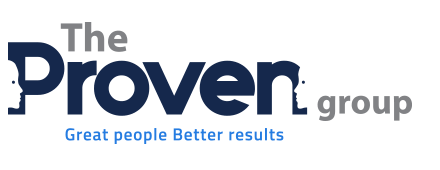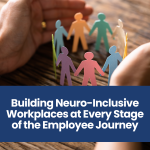As an HR business partner, you have the unique opportunity to influence performance, retention, and profitability. But how do you maximise your impact and ensure alignment between HR strategies and overarching business objectives?
With the evolving scope of HR, the need for strong collaboration between people-focused initiatives and broader business goals has never been more important. HR business partners (HRBPs) are essential in bridging this gap, functioning as a key link between strategy and day-to-day operations.
According to research from Gartner, high-performing HRBPs can drive significant improvements: boosting employee performance by up to 22%, increasing retention by 24%, and contributing to a 9% rise in profits. These impressive results come from their ability to balance the needs of leadership with the workforce’s well-being.
The Role of an HR Business Partner
HR business partners must navigate the delicate balance between serving as a strategic advisor to leaders and supporting employee needs. It’s not an easy task, but it’s a critical one. By maintaining close relationships with both sides, HRBPs help steer organisations toward success.
One of the primary roles of an HRBP is to translate the needs of leadership into actionable HR strategies. The key is to align yourself with the business’s goals and position yourself as a valuable resource to the leadership team. By understanding the business’s objectives, challenges, and operational realities, you can better tailor your support.
Bridging the Gap Between HR and Leadership
A crucial aspect of the HRBP role is to act as a bridge between HR and leadership. Building strong relationships with business leaders involves gaining their trust and demonstrating an understanding of their priorities.
To be truly effective, HRBPs must develop commercial awareness and financial literacy to speak the language of leadership. This allows for more meaningful conversations and ensures that HR is viewed as a strategic partner rather than just an administrative function.
To build credibility with leadership, you need to meet them where they are. It’s important to recognise that while HR may aim for ambitious goals, the business might not be ready to move at the same pace. Adjusting expectations to match the organisation’s current position helps foster better alignment between HR strategies and business realities.
Getting Involved in the Business
One of the best ways for HRBPs to enhance their effectiveness is by immersing themselves in the business. Understanding the various departments, their challenges, and how they contribute to the overall success of the company is crucial.
Shadowing leaders and spending time with different teams can provide invaluable insights. The more you know about the inner workings of the business, the better positioned you’ll be to offer relevant HR solutions and act as a true business partner.
Additionally, having a strong network within the organisation, as well as across various HR disciplines, can make a significant difference. By leveraging subject matter experts in areas like employee engagement, safety, and organisational development, you can ensure that your HR strategies are well-rounded and supported by the right expertise.


